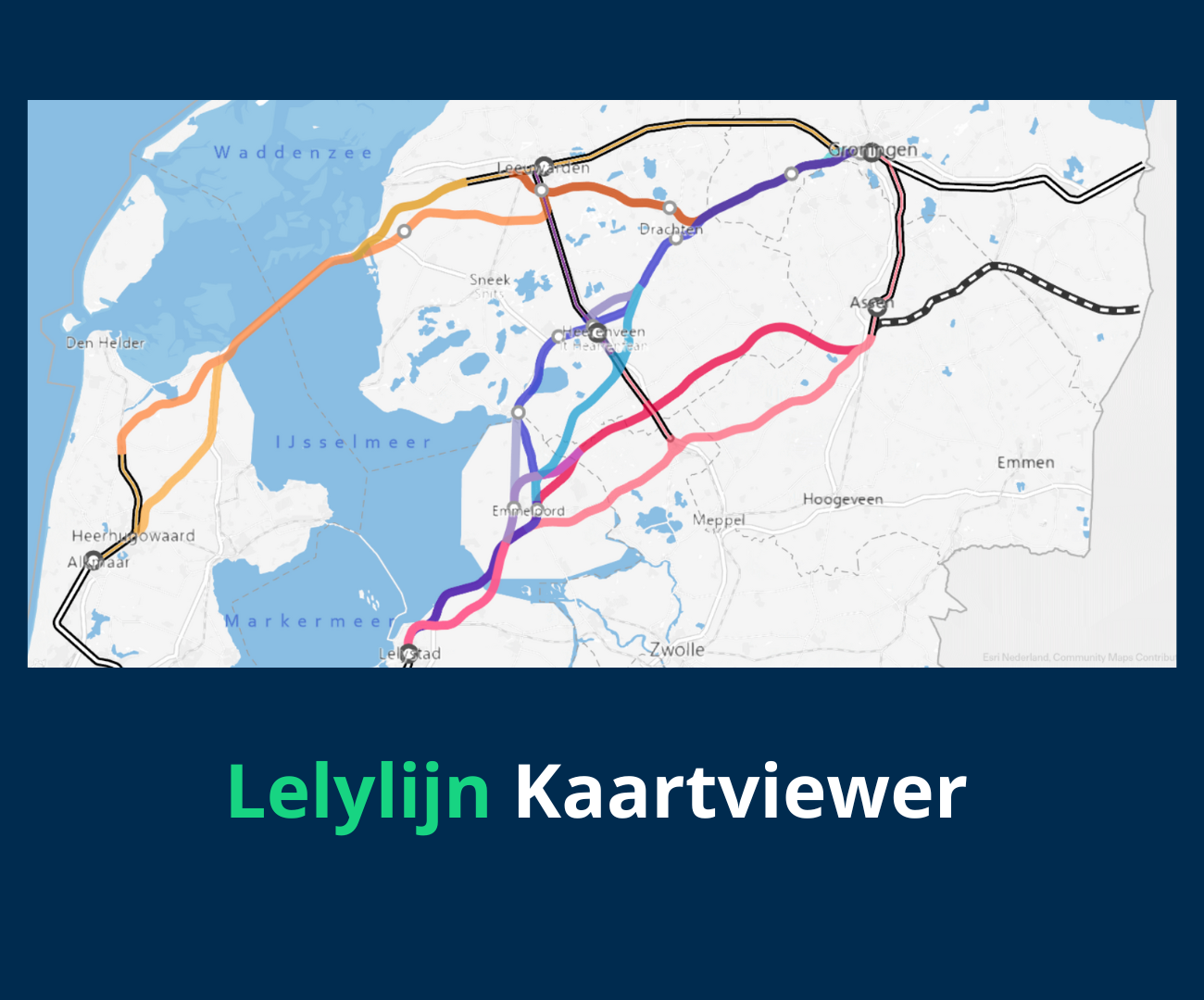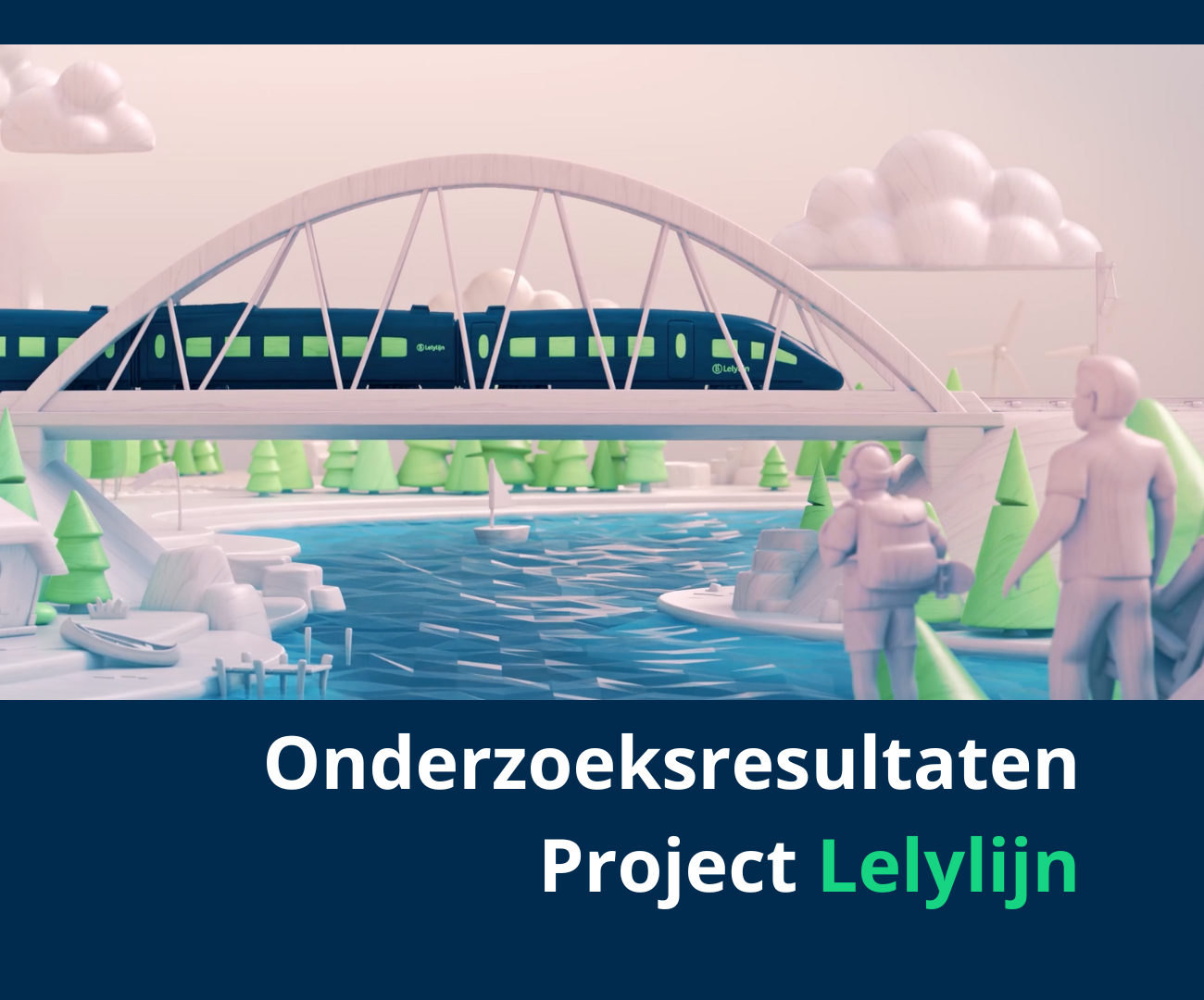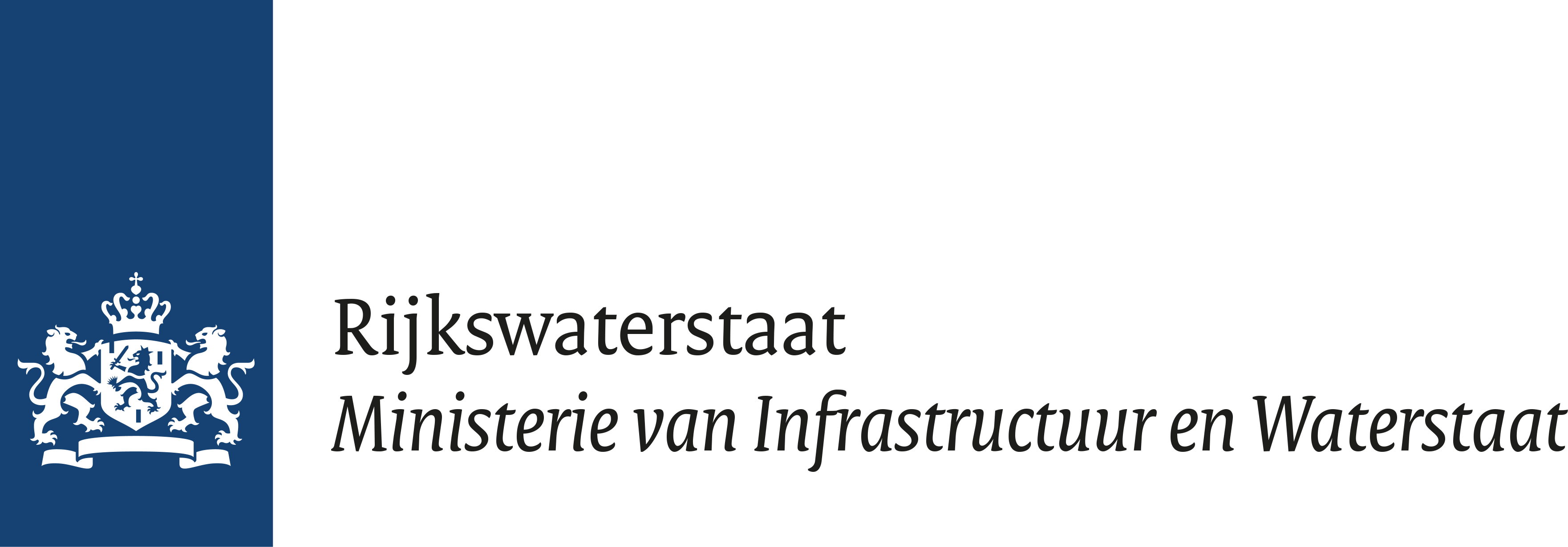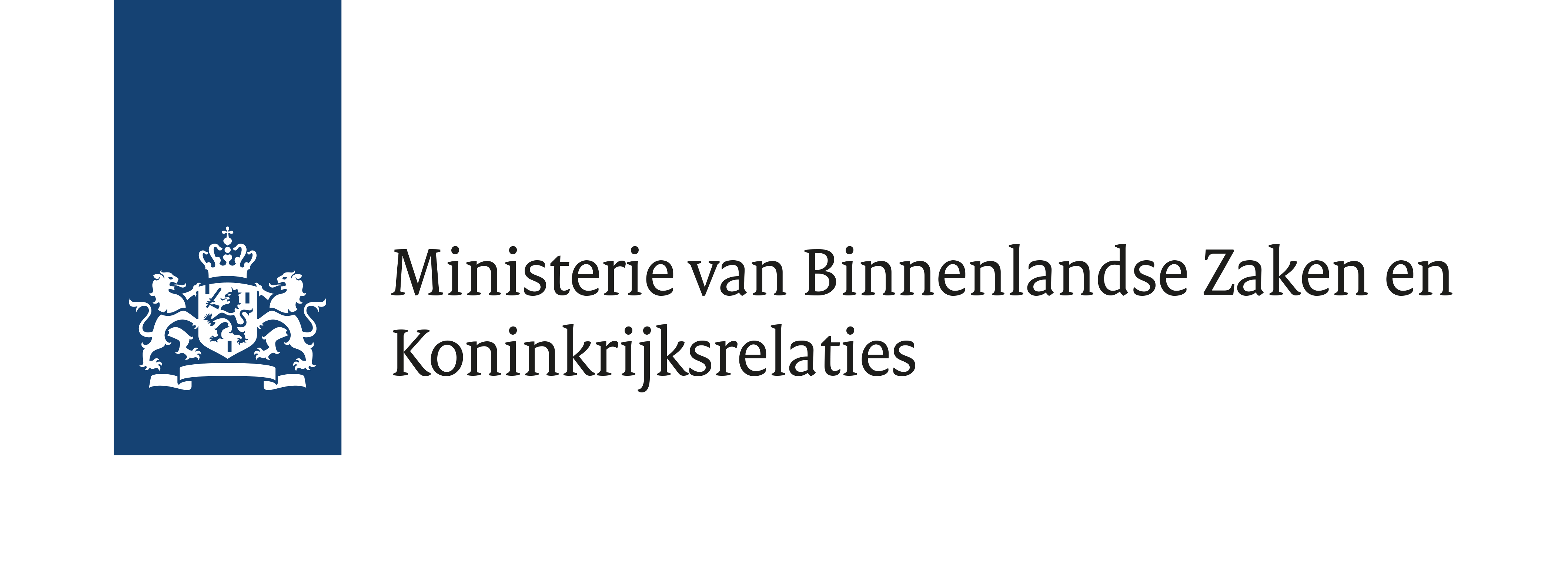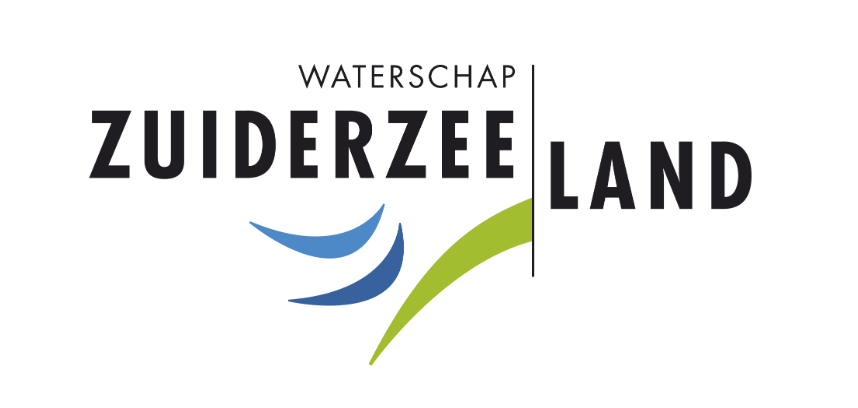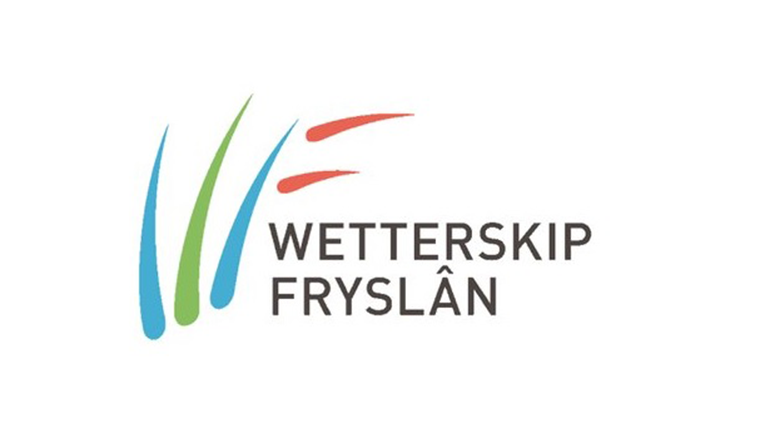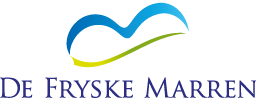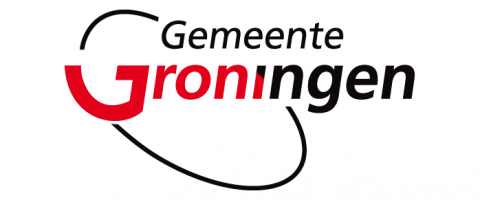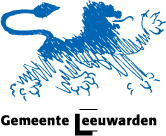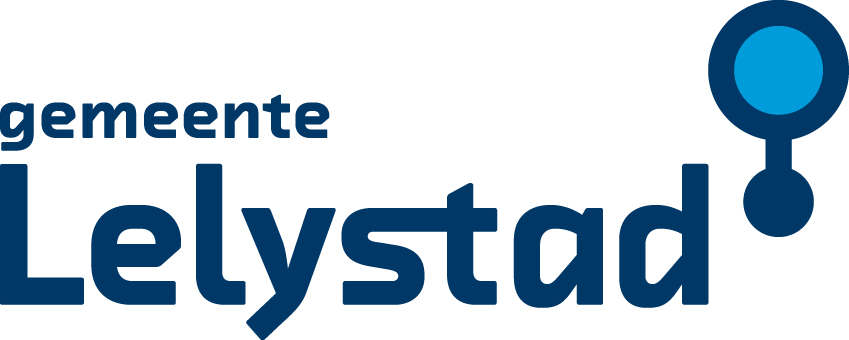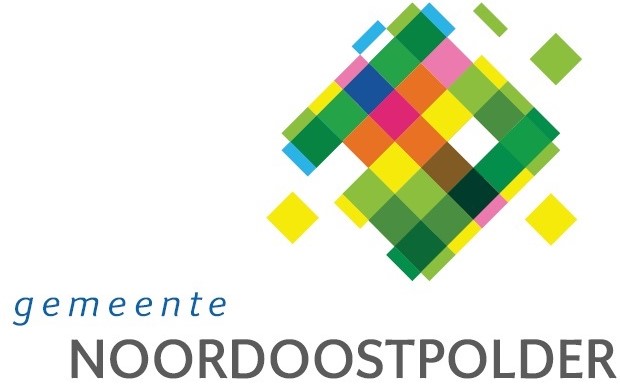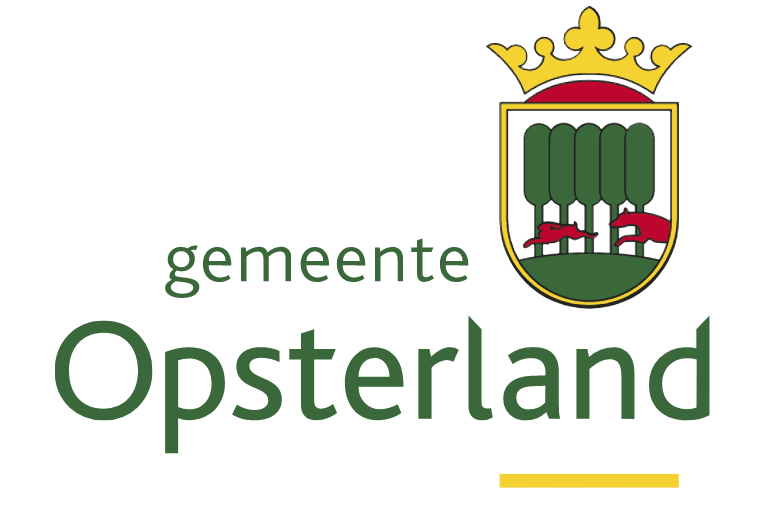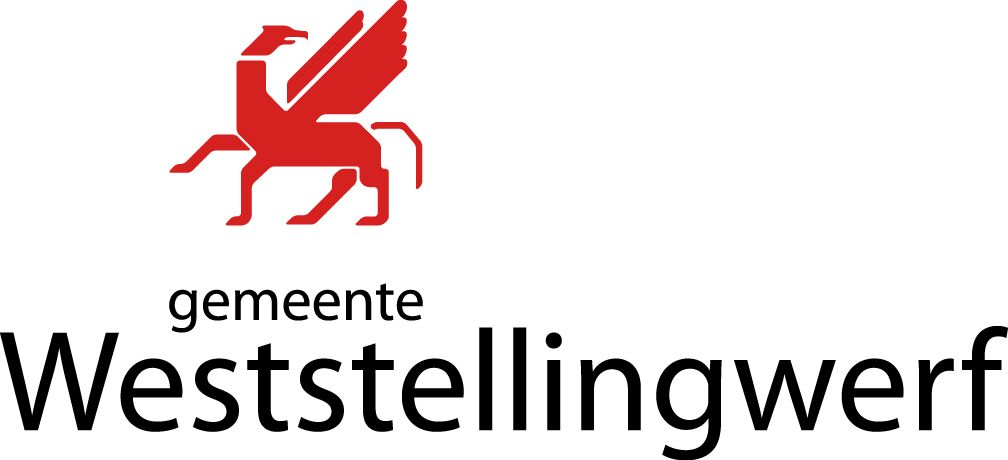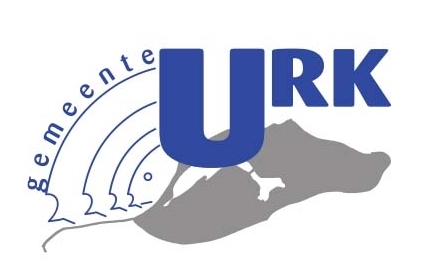De Lelylijn alternatives.
In late 2022, the State and Region jointly decided to launch a MIRT-investigation into the Lelylijn, a new proposed rail link between the Randstad and Groningen/Leeuwarden.
The construction of major infrastructure projects by the national government in the Netherlands always proceeds through the MIRT working method. MIRT stands for Multi-Year Program Infrastructure, Space and Transport. The MIRT system consists of 4 phases, each of which can take several years to complete:
1. Research
2. Exploration
3. Planning
4. Realization
We are now at the end of the first phase: the research phase. Below are the results from this phase. The research explored several alternatives to Lelylijn, identifying transportation value, travel times and costs.
Exploration of possible routes
In this phase, the goal is to get a picture of where Lelylijn might run: Where are the solution options? Given the early stage, we examined a limited number of routes, keeping the options as broad as possible. The study examined three possible routes:
- Bundling Alternative (along the A6/A7/A32): This alternative follows the existing highways A6, A7 and A32. It is seen as a logical choice because it has been studied before, such as with the Zuiderzeelijn.
- Afsluitdijk Alternative: This route goes through the Afsluitdijk and avoids existing buildings and wind farms as much as possible. It follows a direct connection from North Holland to Friesland and Groningen.
- Southern alternative: This alternative follows a route south of the A7 connecting the northern Netherlands via Lelystad. This is interesting because of the firm sandy soil, which can make construction cheaper and more efficient.
During the period from September 2023 to July 2024, a consortium of Arcadis, PosadMaxwan and Significance further developed these alternatives.
Travel times and transport value
For the three basic alternatives, both travel times and potential transportation value (the number of passengers) have been identified. For the new sections of track, we have assumed 200 km/h for now. The travel times we represent under ideal conditions (in practice, the timetable may take slightly longer). Choices will only be made in the future and new innovations may also provide a possible acceleration.

The table below shows the daily usage (transport value) of the Lelylijn. This shows the possible number of trips in a 24-hour period on the Lelylijn.

Basic alternatives of the Lelylijn
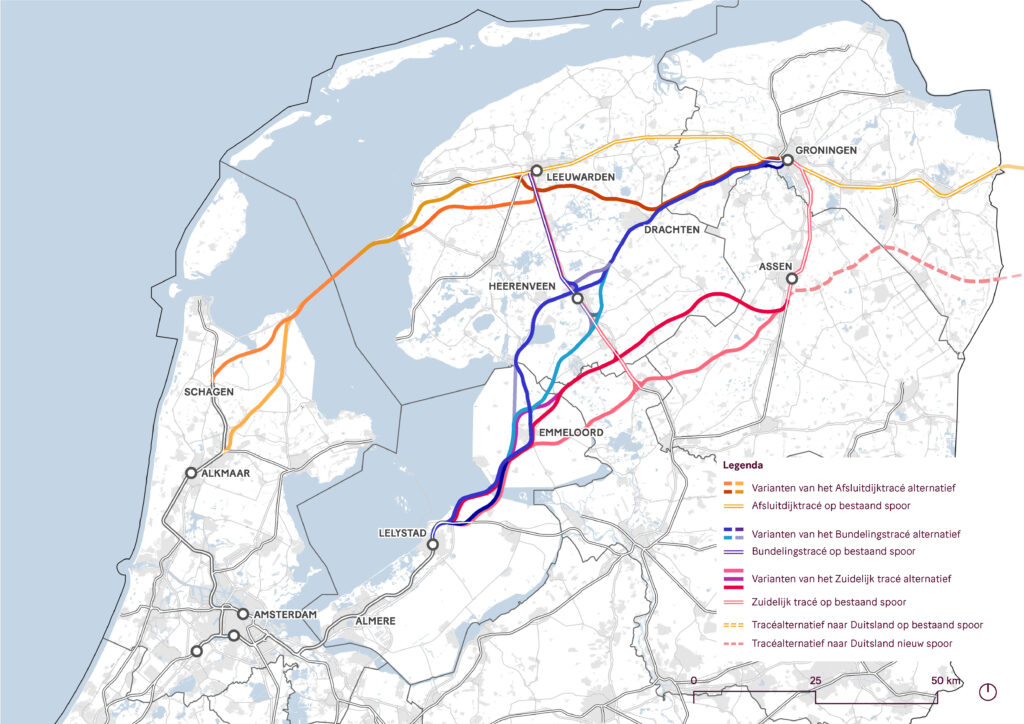
The three basic alternatives for the Lelylijn were further developed with input from various partners and stakeholders, including provinces, municipalities, water boards, the state and ProRail.
The alternatives were worked out as a whole and for complex locations, such as near Heerenveen, several variants were worked out. Below are the elements assumed for the estimate. These are not the final designs for the future. Other choices may be made at later stages for various reasons. However, the overview below forms a solid basis for a reliable and realistic estimate.
- Bundling Alternative A6/A7/A32
This alternative follows the A6 in Flevoland with a sink tunnel at Ketelmeer, past Emmeloord and toward Heerenveen. Three variants pass Heerenveen via the north or south side, or connect to the existing station. The line continues along the A7 to Drachten and Groningen, with several variants for the connection in Groningen. - Afsluitdijk alternative
This alternative follows the existing track up to Schagen and bends to the Afsluitdijk, with a bored tunnel at the sluice gates. There are several options between the Afsluitdijk and Leeuwarden, including a new connection via Drachten. - Southern alternative
This alternative follows the Bundling Alternative to Emmeloord and then curves along the northern side of the Weerribben and the Drents-Friese Wold National Park. It joins the existing Meppel-Groningen line at Assen, with an arc to Heerenveen and Leeuwarden.
Cost
Cost estimates were prepared for the three basic alternatives of the Lelylijn according to the
Standard System for Cost Estimates (SSK). This gives a realistic picture of the expected investments, without already making definitive choices.
The cost estimates are based on the January 1, 2024 price level and have a 70% confidence level.
Investment costs for each alternative are estimated to be in the following ranges:
- In a range of €9.8 to €17.9 billion for the base alternative Bundling A6/A7/A32 (Mu value €13.8 billion).
- In a range of €12.7 to €21.4 billion for the basic Afsluitdijk alternative (Mu value €17.0 billion).
- In a range of €5.9 to €10.5 billion for the South Base Alternative (Mu value €8.2 billion).
Environmental effects
The assessment of the environmental effects (such as nature, water, soil and archeology) shows that the Afsluitdijk alternative has the most negative impact. This is due to the required compensation for water and nature, the cutting through of natural areas, and possible conflicts with archaeological and monumental values. Especially the combination with the Afsluitdijk and the cut through the Natura 2000 area IJsselmeer plays a major role in this. There is also limited space in villages on the route between Groningen and Leeuwarden, which requires extra attention to safety at level crossings. The standstill principle applies here: safety must not deteriorate.
In the Bundling Alternative, the challenge lies mainly in the landscape incorporation, such as at the crossing of Lake Tjeukemeer. This alternative requires a relatively large amount of compensation for nature (NNN areas).
The Southern alternative has impacts primarily due to the construction of new infrastructure through the landscape in the Kop van Overijssel and the stream valley landscape in Friesland. However, this alternative runs more over sandy soils, which is advantageous in terms of construction and maintenance costs. Although this alternative also crosses natural areas, it does so over shorter distances.All of the alternatives involve using parts of the existing track. This requires investment in grade crossings to ensure safety, especially because of the possible higher frequency of trains. On certain sections, investments in ground conditions (ground improvement), electrification and doubling of the track are also necessary.
Comparison of alternatives
For a complete overview of the comparison of the three alternatives, please refer to the final report with the study results:
Want to know more?
Bekijk dan de volgende documenten en berichten:



